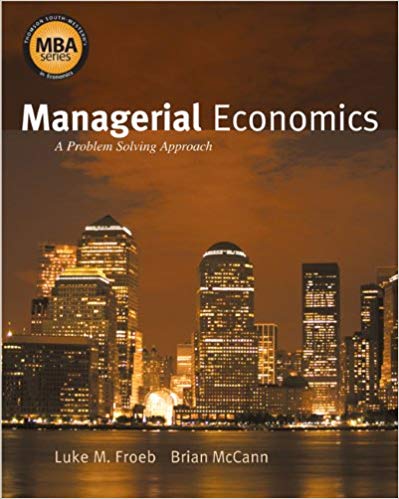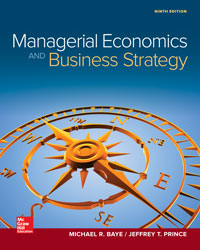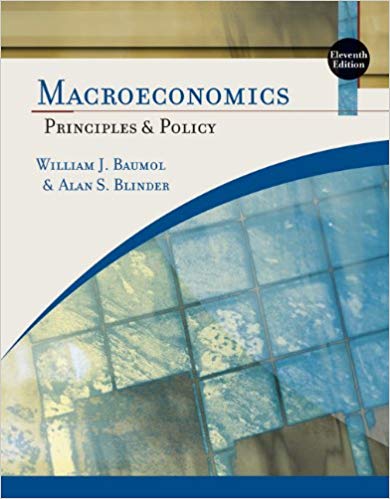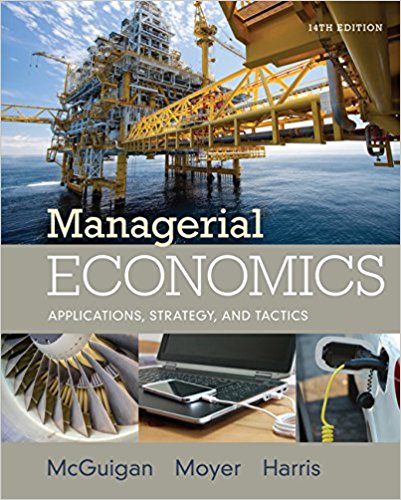Managerial Economics 7th Edition By Keat – Test Bank
Managerial Economics, 7e (Keat)
Chapter 3 Supply and Demand (Appendix 3A)
Multiple-Choice Questions
1) How long is the “short-run” time period in the economic analysis of the market?
A) three months or one business quarter
B) total time in which sellers already in the market respond to changes in demand and equilibrium price
C) the total amount of time it takes new sellers to enter the market
D) the total amount of time it takes original sellers to leave the market
Answer: B
Diff: 2
2) Which of the following best applies to the distinction between the “long run” and the “short run”?
A) The short run is a period of approximately 1-6 months while the long run is any time frame that is longer.
B) In the short run, only new firms may enter, while in the long-run firms may either enter or exit the market.
C) The rationing function of price is a short-run phenomenon whereas the guiding function is a long-run phenomenon.
D) All of the above statements are correct.
Answer: C
Diff: 2
3) In the short run if there is a surplus in the market for a product, the rationing function of price can be expected to cause
A) an increasing shift in the demand for the product.
B) a decreasing shift in the supply of the product.
C) an increase in the market price of the product.
D) a decrease in the market price of the product.
Answer: D
Diff: 2
4) In the long run if there is a shortage in the market for a product, the guiding (allocation) function of price can be expected to cause
A) an increasing shift in the demand for the product.
B) a decreasing shift in the demand for the product.
C) an increasing shift in the supply of the product.
D) a decreasing shift in the supply of the product.
Answer: C












Reviews
There are no reviews yet.